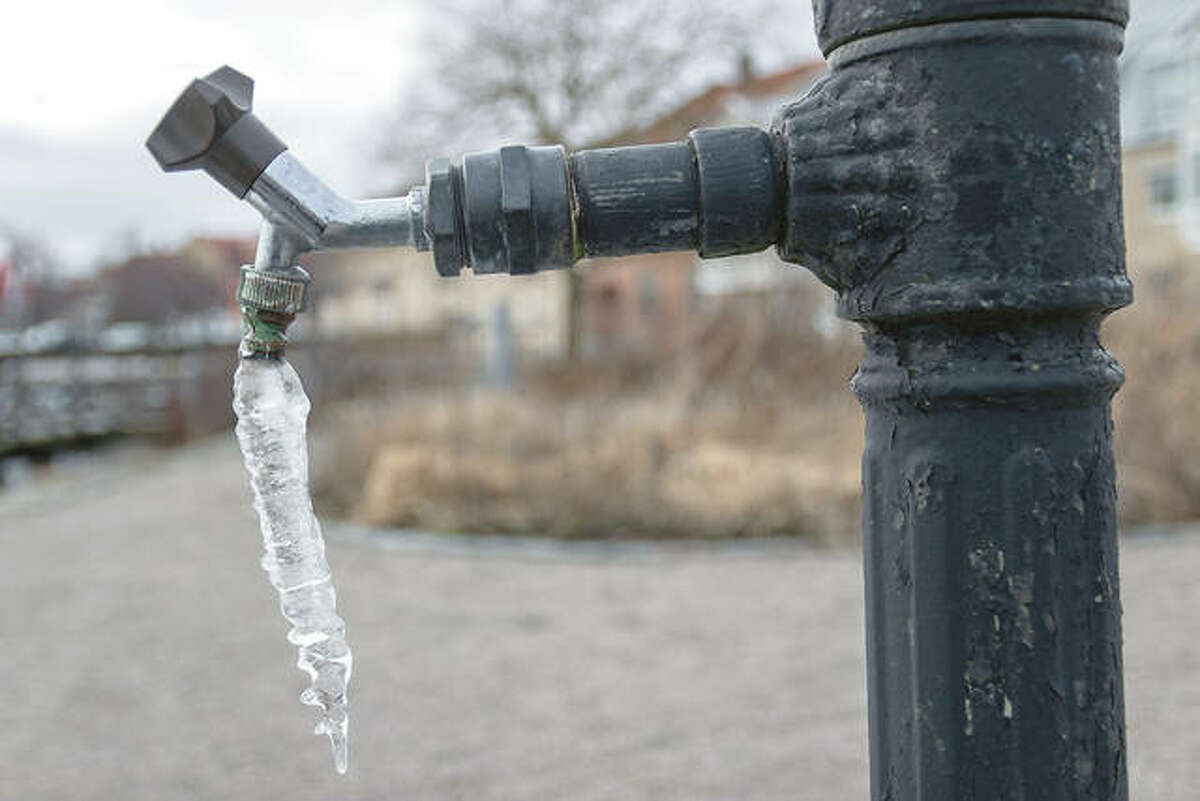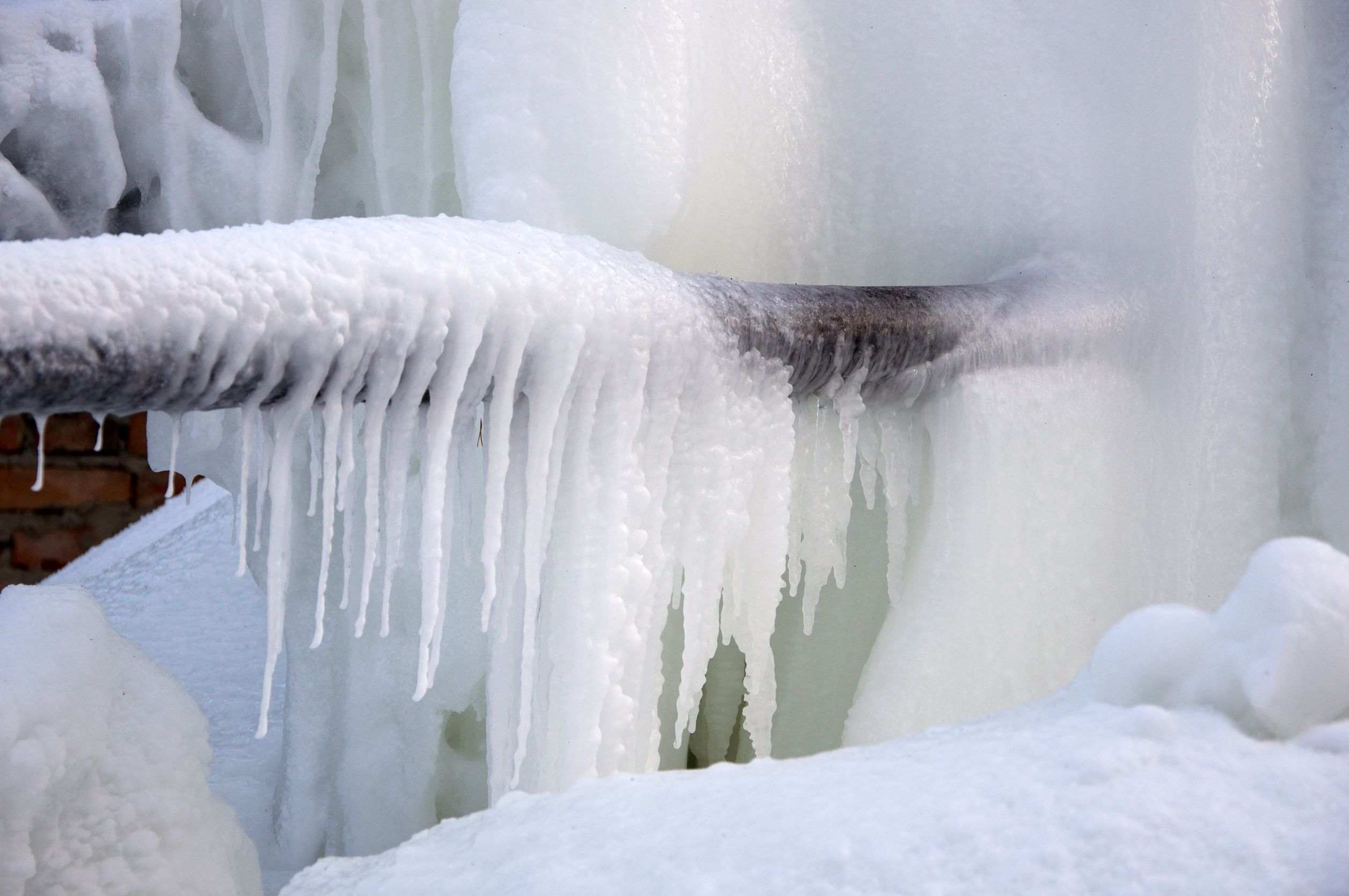Protect Against Frozen Pipes in Cold Weather: Professional Tips
Protect Against Frozen Pipes in Cold Weather: Professional Tips
Blog Article
We've uncovered this great article about Helpful Tips to Prevent Frozen Pipes this Winter directly below on the internet and accepted it made perfect sense to share it with you on my blog.

Winter can wreak havoc on your pipes, specifically by freezing pipes. Below's how to prevent it from occurring and what to do if it does.
Introduction
As temperature levels decrease, the danger of icy pipes increases, potentially leading to expensive repairs and water damage. Recognizing how to avoid icy pipes is important for homeowners in cold environments.
Recognizing Icy Pipes
What causes pipes to freeze?
Pipes ice up when revealed to temperature levels listed below 32 ° F (0 ° C) for expanded durations. As water inside the pipelines ices up, it expands, putting pressure on the pipe walls and potentially causing them to break.
Threats and problems
Icy pipelines can cause water system interruptions, building damages, and costly repair work. Burst pipelines can flood homes and cause considerable architectural damages.
Signs of Frozen Pipes
Recognizing frozen pipes early can stop them from breaking.
Exactly how to determine icy pipelines
Search for decreased water circulation from faucets, uncommon smells or sounds from pipes, and noticeable frost on exposed pipes.
Prevention Tips
Protecting prone pipes
Wrap pipelines in insulation sleeves or make use of heat tape to shield them from freezing temperature levels. Focus on pipelines in unheated or external areas of the home.
Heating methods
Maintain indoor rooms effectively warmed, especially areas with plumbing. Open cupboard doors to enable warm air to distribute around pipelines under sinks.
Securing Exterior Pipes
Yard pipes and outside faucets
Detach and drain garden hoses before winter. Install frost-proof faucets or cover exterior faucets with insulated caps.
What to Do If Your Pipes Freeze
Immediate activities to take
If you presume frozen pipelines, maintain faucets open to relieve stress as the ice melts. Make use of a hairdryer or towels taken in hot water to thaw pipelines slowly.
Long-Term Solutions
Architectural modifications
Consider rerouting pipelines away from outside walls or unheated areas. Include extra insulation to attic rooms, basements, and crawl spaces.
Updating insulation
Invest in high-grade insulation for pipes, attics, and wall surfaces. Proper insulation assists keep constant temperature levels and decreases the risk of icy pipelines.
Conclusion
Stopping frozen pipes requires proactive actions and fast actions. By recognizing the causes, indications, and preventive measures, house owners can safeguard their pipes during winter.
5 Ways to Prevent Frozen Pipes
Drain Outdoor Faucets and Disconnect Hoses
First, close the shut-off valve that controls the flow of water in the pipe to your outdoor faucet. Then, head outside to disconnect and drain your hose and open the outdoor faucet to allow the water to completely drain out of the line. Turn off the faucet when done. Finally, head back to the shut-off valve and drain the remaining water inside the pipe into a bucket or container. Additionally, if you have a home irrigation system, you should consider hiring an expert to clear the system of water each year.
Insulate Pipes
One of the best and most cost-effective methods for preventing frozen water pipes is to wrap your pipes with insulation. This is especially important for areas in your home that aren’t exposed to heat, such as an attic. We suggest using foam sleeves, which can typically be found at your local hardware store.
Keep Heat Running at 65
Your pipes are located inside your walls, and the temperature there is much colder than the rest of the house. To prevent your pipes from freezing, The Insurance Information Institute suggests that you keep your home heated to at least 65 degrees, even when traveling. You may want to invest in smart devices that can keep an eye on the temperature in your home while you’re away.
Leave Water Dripping
Moving water — even a small trickle — can prevent ice from forming inside your pipes. When freezing temps are imminent, start a drip of water from all faucets that serve exposed pipes. Leaving a few faucets running will also help relieve pressure inside the pipes and help prevent a rupture if the water inside freezes.
Open Cupboard Doors
Warm your kitchen and bathroom pipes by opening cupboards and vanities. You should also leave your interior doors ajar to help warm air circulate evenly throughout your home.

As a devoted reader about 6 Ways to Prevent Frozen Pipes, I thought sharing that piece was a smart idea. Those who enjoyed our post if you please be sure to pass it around. I praise you for your time. Revisit us soon.
Book An Appointment Report this page